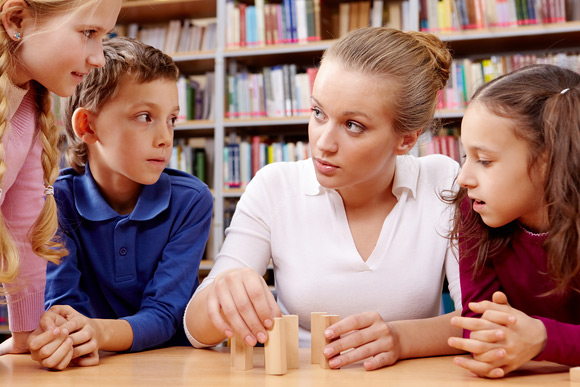Easy Ways Of Teaching Children How To Practice Wellness
As parents, knowing about wellness is as important as teaching your children what it means and what they can do to practice it.
There are a few ways of doing this-
1. Modelling Wellness
-
- Demonstrate the importance of fitness by making time to exercise every day, no matter how busy you are or what other inconvenience might exist (during vacation, for example.)
- There are SOME exceptions, such as illness or an occasional rest day, but not many. Resolve to make no excuses and you won’t be tempted to look for any.
- Choose a varied and balanced diet, have lots of good food around for snacks (fruit, for example) and eat well yourself, even if the kids are demanding the popular sugary, fat-laden choices.
Effective Self-Management
- Respond to circumstances like Mr. Cool Dad, or Serenity Mom. Focus on seeking the best outcomes for situations and not overreacting to such potential stressors as bad behaviour by others, excessive time demands or money worries.
- Remember -- you are onstage and your kids are in the front row, orchestra each time during the day something difficult comes about.
- All of these responses save energy and lead to better decisions and healthier children.
2. Playing Games
There are times during family outings, long car trips, and respites from TV when a game is just the thing for good fun and, in this case, a bit of wellness education. Here are a few suggestions for teaching children about wellness during such occasions-
Build a Pyramid!
This game could be used to communicate the basics of healthy foods without using “good” and “bad” labels that lead to either/or choices. You could even use this game as a way to plan a few meals. Have the kids draw or build a pyramid (building block toys are widely available). Note the strong foundation of the pyramid. Mention that the top will have to be lighter than the bottom for good balance.
Talk about or get ideas from the kids about the kinds of foods that would fit in the different levels. Have on hand some actual foods that go in each category, such as grain products for the base to use with all meals. One assignment might be to choose some cereals, breads and pastas that this modern day family of “Egyptians” might want to keep on hand for pyramid dining. Recall that children love to imitate what their parents do, so use the pyramid as your foundation for family wellness dining.
Food Pyramid (for children of all ages)
It is important that children eat healthy foods. Some of the foods are:
1.Milk Group - cheese, butter, ice cream, yogurt
2.Vegetable Group - broccoli, lettuce, spinach, carrots, beans
3.Meat Group - pork, chicken, steak, beef,
4.Fruit Group - apples, oranges, papaya, mangoes, banana.
5.Bread Group - rolls, cereal, crackers, pasta
Sticks & Stones Snacks (for school-aged children to make for everyone to eat)
Each day, your child should eat foods from the 5 major food groups: bread, vegetable, fruit, milk, and meat. This snack covers "breads" and "fruit".
Learning the Healthy Way!
Good health comes from good habits and wise choices. To enjoy good health now and in the future, youngsters must learn how to exercise, control stress, be clean, and reduce the risk of disease. They must get into the habit of eating nutritious foods, having plenty of sleep, and understanding the interaction between physical and emotional health. Children also need to know when to say "no." When children are healthy they will probably do well in school.
Good sources of nutrients include:
-
Carbohydrates: whole-grain cereals, brown rice, whole-grain breads and muffins, fruits, vegetables
-
Protein: low-fat or non-fat dairy products, lean meats, eggs, nuts (including nut butters), seeds, and cooked dried beans
-
Fibre: whole-grain breads, waffles, and cereals; brown rice, bran, and other grains; fruits, vegetables, beans, and nuts
Tips to stay healthy
-
Eat nutritious foods and limit sugary snacks and fatty foods, particularly before meals.
-
Have your child start the day by eating a healthy breakfast at home or at school
-
Teach your child how to stop the spread of germs by keeping clean and washing hands before meals
-
Make sure your child is vaccinated against disease at the right age. Keep a chart of the vaccines your child has already had.
-
Encourage your child to exercise: jogging, walking, skipping rope, bicycling, roller-skating, and swimming.
-
Teach your child how to handle stress through exercise, getting enough sleep, discussing problems, and breaking jobs down into small parts.
-
Teach your child how to protect him/herself by saying "no", walking away from fights, or talking about dangerous situations.



